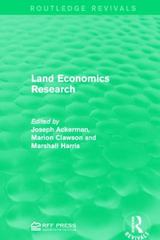Question
This question is referring to the hotelling model In industrial organization economics The market for super-premium ice creams is dominated by Ben&Jerry's and Haagen-Dazs, which
This question is referring to the hotelling model In industrial organization economics
The market for super-premium ice creams is dominated by Ben&Jerry's and Haagen-Dazs, which compete with non-overlapping flavours and a "chunky" vs. "smooth" concept, depending on the presence of mix-ins (mix-ins are extra ingredients like chocolate, caramel, candy, and baked goods that have been added to the ice cream). Using a unit segment to represent the smoothness of the ice cream, Haagen-Dazs (A) produces perfectly smooth flavours (i.e. is located at 0), while Ben&Jerry's (B) produces perfectly chunky flavours (i.e. is located at 1).
Ice cream consumers differ in their preference for smoothness and are uniformly distributed along the segment. Each consumer has a disutility (in addition to the price) from departing from their favourite smoothness, equal to a unit transport cost of t = 2.
Both firms have the same marginal cost c = 10 and no fixed costs.
1. Write the total cost of buying from A and B for a consumer located at z. (1 point)
Step by Step Solution
There are 3 Steps involved in it
Step: 1

Get Instant Access to Expert-Tailored Solutions
See step-by-step solutions with expert insights and AI powered tools for academic success
Step: 2

Step: 3

Ace Your Homework with AI
Get the answers you need in no time with our AI-driven, step-by-step assistance
Get Started


